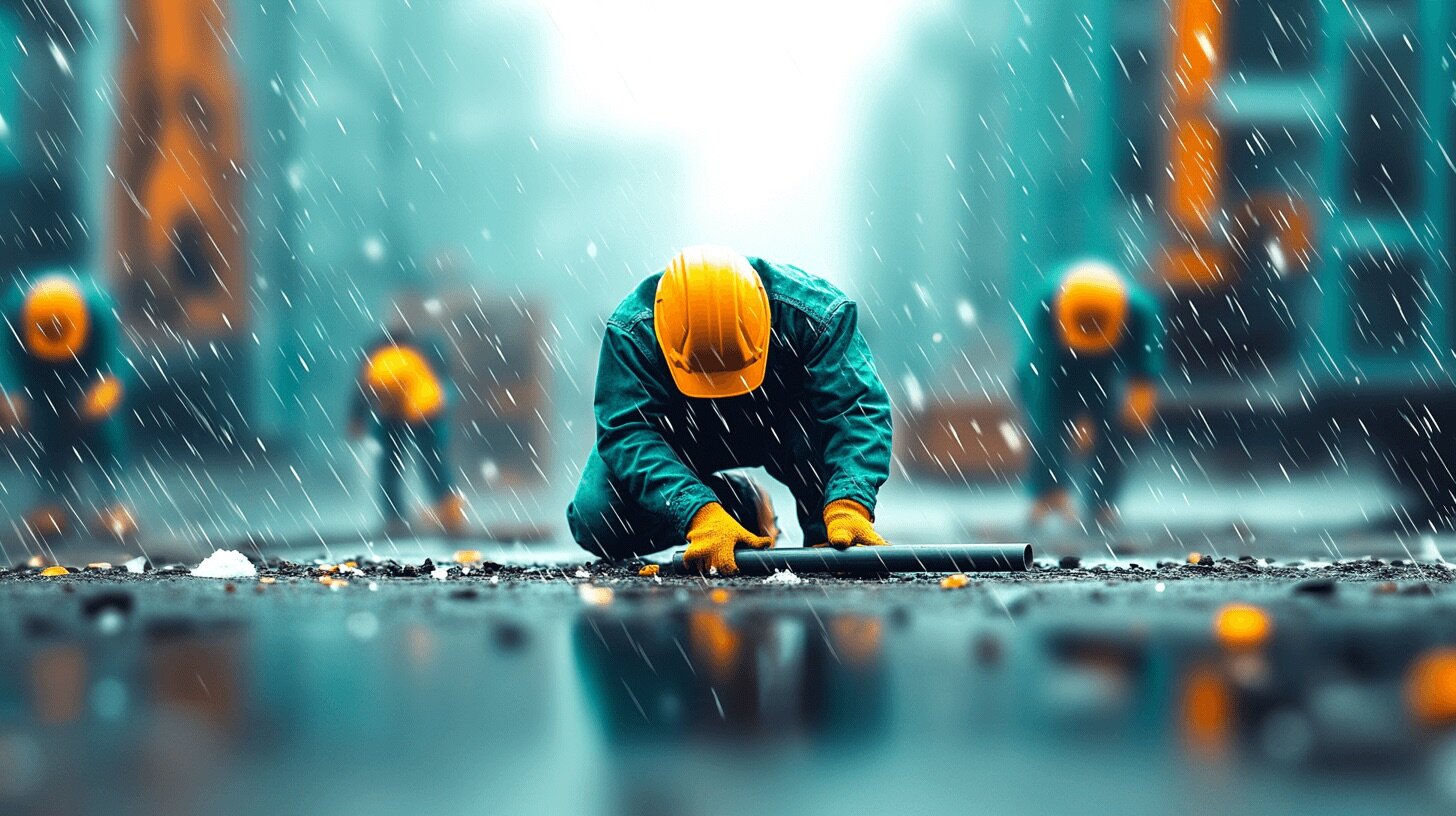The reality of climate change is hitting commercial contractors head-on. From extreme hurricanes to severe winter storms, the need for resilience in construction has never been more urgent.
This year, NOAA predicts that the Atlantic hurricane season could be among the busiest ever, with 2024 already recording 19 billion-dollar weather disasters. For contractors, this isn't just about rebuilding after the fact—it's about preparing for what's next.
Getting Ahead of the Curve: Building for the Future
Commercial construction has to evolve. We can't just think about managing the aftermath of a disaster; it's time to start building in resilience from day one.
When extreme weather events are happening more frequently, the question isn't if another disaster will strike—it's when. If we don't adapt, rising costs from repairs, insurance claims, and downtime will only continue to escalate.
Rethinking Codes: It’s About More Than Safety
Building codes in the U.S. focus on saving lives, which is crucial. But increasingly, we need to go beyond just life safety to think about keeping buildings functional after a disaster.
When communities face back-to-back storms, they need buildings that bounce back quickly. It's not just about surviving the storm—it's about getting back to work right after it passes.
For contractors, this means advocating for new standards that prioritize not only safety but also rapid recovery. We need to start choosing materials and designs that resist flooding, high winds, and extreme heat. When buildings are designed to withstand damage, they're easier—and cheaper—to repair, reducing downtime for businesses and communities.
Smart Investment: Putting Federal Dollars to Work Wisely
With unprecedented federal funding available for infrastructure projects, now's the perfect time to rethink our approach.
But more money doesn’t automatically mean better results. The key is to invest wisely. It’s not just about rebuilding what’s been destroyed; it's about future-proofing for the next disaster.
Contractors play a vital role here. It's about making smart, location-specific decisions that match the risk. Whether it's upgrading materials to withstand heatwaves or designing systems to stay operational during a storm, the focus should be on long-term sustainability.
Every dollar spent should go towards solutions that not only fix today’s problems but also prevent tomorrow’s.
The Price of Doing Nothing: Why Resilience is Worth It
Yes, building for resilience might seem costly upfront, but doing nothing is far more expensive in the long run. Take the Gulf of Mexico as an example. In 2020 and 2021, successive billion-dollar storms hit the region, with communities still reeling from previous damage when the next disaster struck.
Houses were frozen over, pipes burst, and roofs caved in—all because the infrastructure wasn't designed to handle back-to-back hits.
Contractors need to look beyond immediate project costs. When critical infrastructure fails, it doesn't just affect one building—it disrupts entire communities. From hospitals to transportation, cascading failures create a ripple effect, leading to massive economic losses. Investing in resilience now means avoiding those larger costs down the line.
Looking Ahead: Making Resilience the New Standard
The future of construction is about adapting to change. For commercial contractors, it's time to lead the way by making resilience a part of every project. Whether it's during design, construction, or long-term maintenance, building with extreme weather in mind ensures that structures stand strong when the next storm rolls in.
Resilience isn’t just a buzzword—it’s the standard we should all be aiming for. By preparing for what's ahead, we can help communities recover faster, save money, and ultimately build a stronger future for everyone.



